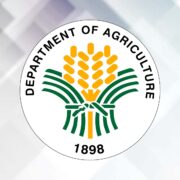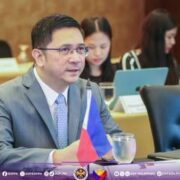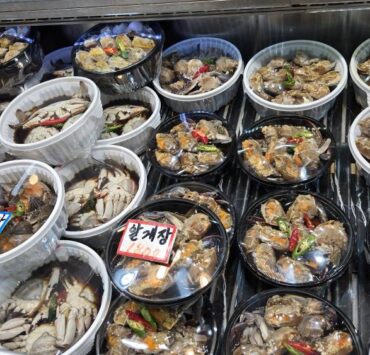From farm to cup: How roasters from Baguio brew their coffee
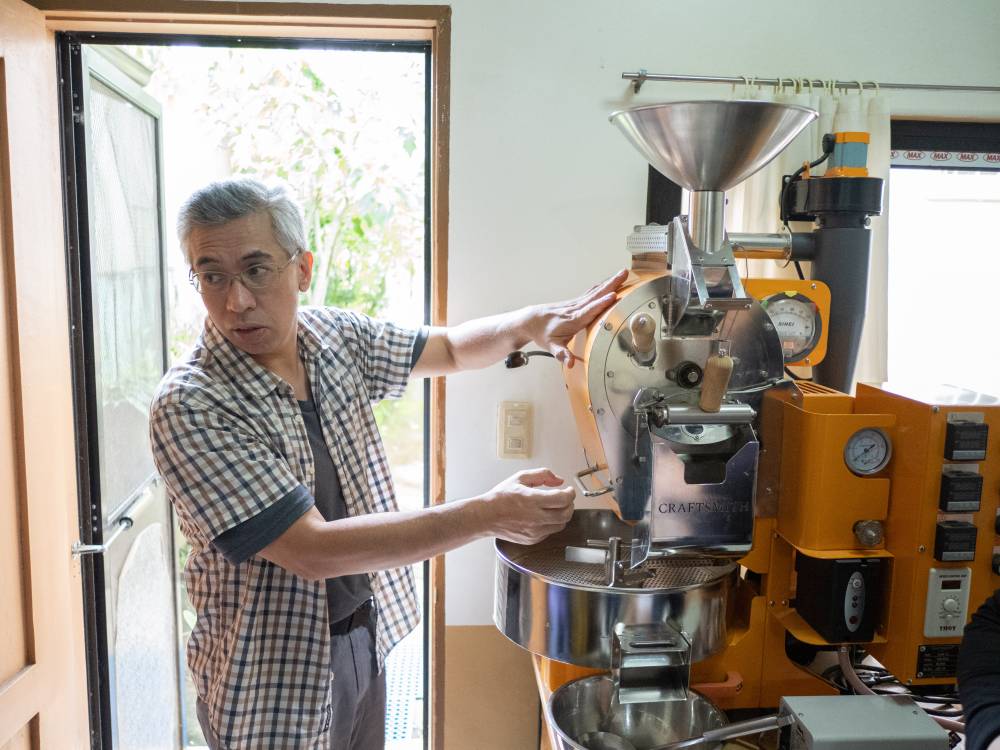
What’s a guy with a double major in philosophy and political science, an MA and Ph.D. with an expertise in international security, doing roasting coffee?
In his house and roastery in Baguio City, Amador Cuesta Peleo IV makes you try a shot glass full of 100-percent Benguet Arabica peaberry coffee which has, he said, “tasting notes of apple juice and almond and the aroma of jasmine petals.”
The brew is so powerful despite the size of the glass. You sniffed from the back of your mouth as Peleo instructed after small, tentative sips. He said, “It’s so aromatic. You swallow, then sniff all the way to the back of the sinuses. The aromatics of the coffee are still vaporizing so when you sniff, the vapors go in and you can smell the jasmine used.”
That one shot was enough to keep you awake until 4 a.m. the next day after the interview.
Peleo is descended from an illiterate grandmother in Cavite who knew how to grow coffee and cacao, which enabled her to send four children to university. “Our family knows that people can progress through coffee. Ours is a lived experience,” he said, adding that his grandparents had told him and his siblings not to return to the farm because “it is equal to poverty.”
Supporting farmers
But he and wife Aliyah Sartbayeva-Peleo, also a Ph.D. and originally from Kazakhstan, think differently. They are the two persons behind the roasting operation and laboratory Wyldwood Coffee and Cacao. The roastery supports the farmers by buying coffee beans grown in Barangay Happy Hollow and Greenwater and in Tublay, Benguet.
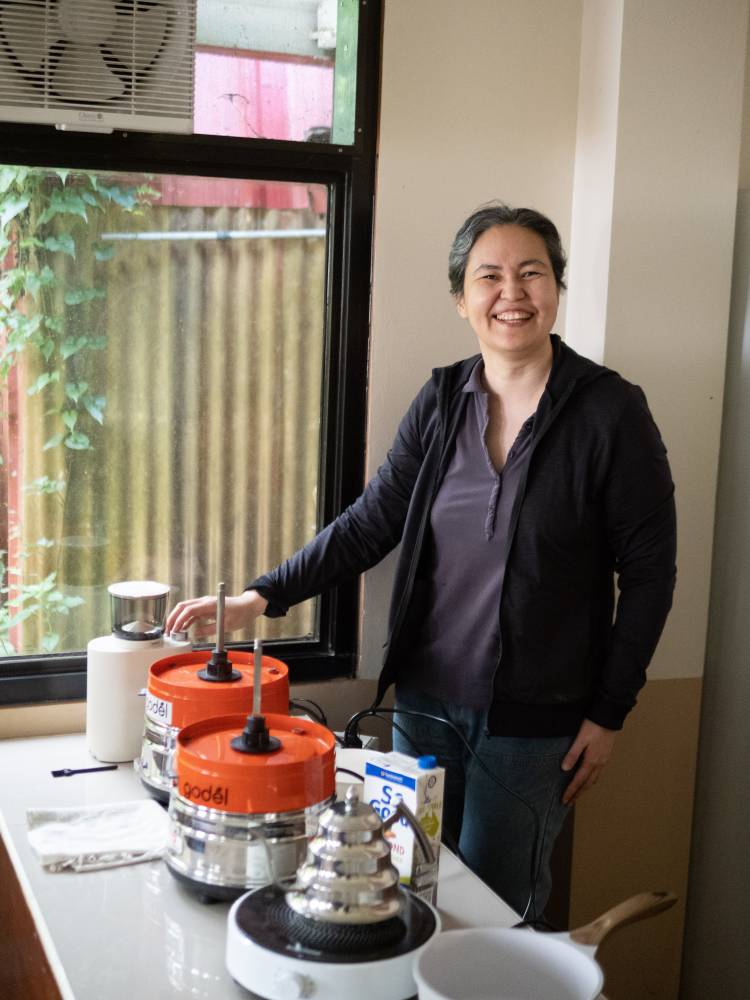
They went into roasting after their posting in Taiwan from 2015 to 2020. Peleo was a full-time exchange student at the Chinese Language Center at the National Sun Yat-sen University. The university opened the Center for Southeast Asian Studies. He applied for a research fellowship. He wanted to help carry out a new policy wherein the Taiwanese government sought to have closer ties with Southeast Asia. He also trained in Florence, Italy, for coffee studies for four months.
Other universities have SEA studies, but the center, where the Peleos were, focused on the Philippines and Vietnam and their agricultural policies and technology. Sartbayeva-Peleo said there were coffee internships, with some interns being sent to the Philippines for two weeks “to look at Benguet coffee.”
She traced the journey of the coffee Arabica Typica in Benguet. It is one of the oldest varieties of Arabica which originated from Ethiopia and moved to SEA in the 16th century. She said Arabica Typica could be found in Java in Indonesia and Sri Lanka, among other countries. The variety from Indonesia reached the Philippines in the 18th century. The provinces of Batangas and Cavite were among the biggest producers of Arabica in the 18th and 19th centuries.
She said in the 1870s, a disease called coffee leaf rust pandemic spread worldwide. In the 1890s, this rust pandemic reached the Philippines and killed coffee growing in the lowlands. The rust disease clung to footwear, and that was how it spread.
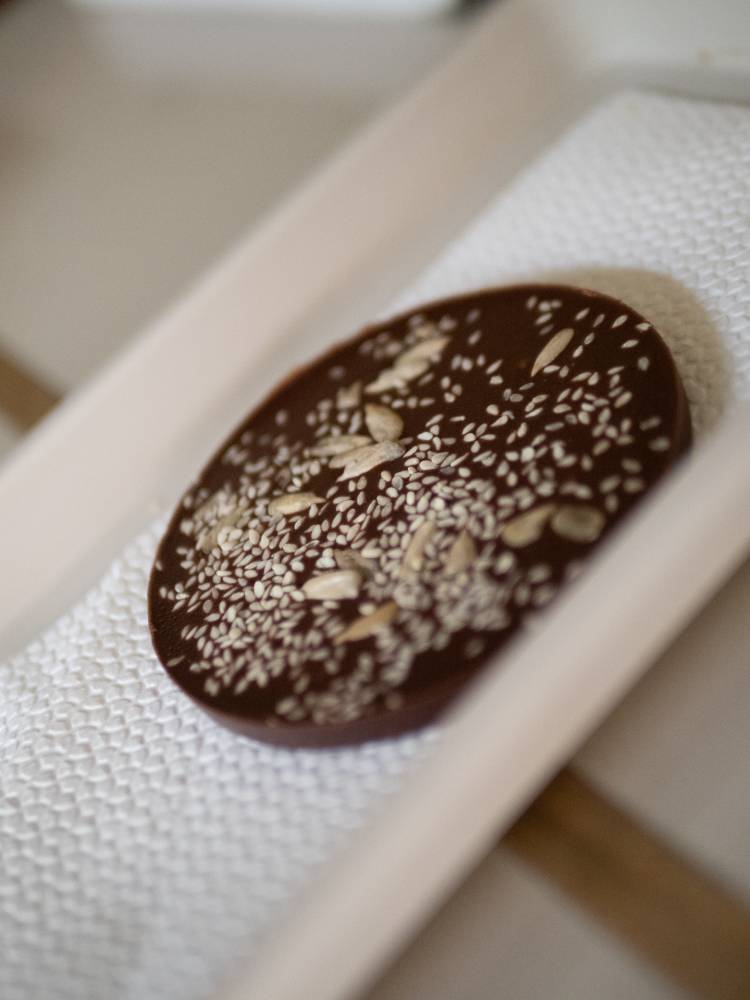
But the Arabica in Benguet, especially in Kabayan and Daclan where the coffee was also found, survived because of the elevation and the colder climate, factors closer to the bean’s Ethiopian origins. Peleo said in the 19th century, Benguet was not a well-visited place, too; there was no Kennon Road yet.
One time, Sartbayeva-Peleo narrated, the chief of Kabayan went to Manila to observe how coffee was being processed for export by the Tabacalera Company. He saw that the product was a full-flavored coffee or of good quality, but all of it went to Spain. The people in Manila did not even get to taste this, except for those with connections to Tabacalera.
‘Heritage coffee’
Peleo said there is an urgent need to protect Benguet coffee, designate it as “heritage coffee” the way Darjeleeng tea is registered so. But, he bewailed, there is no move to do this yet despite the coffee’s importance to the Kankana-ey and Ibaloi people. He added that an inventory of old coffee trees is called for, too.
Sartbayeva-Peleo said, “Those who don’t know food history don’t know how to value it. Look how Europeans protect their cheeses, wines, beer.”
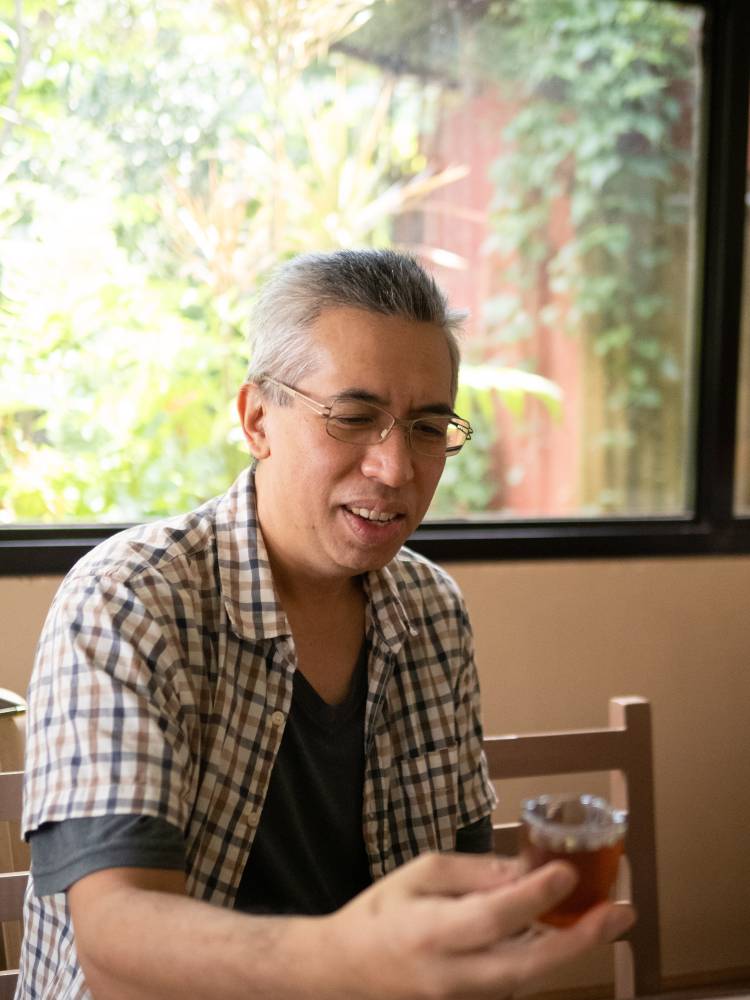
Her husband agreed, adding, “The depth of ignorance is staggering. Coffee here is just another commodity. It’s sad but true that in the Philippines, farmers are just farmers. Their produce is just given to other processors. The Department of Agriculture encourages farmers just to grow, while the Department of Trade and Industry takes care of processors and doesn’t encourage farmers to do retail or processors to go into farming.”
He cited Taiwan, where coffee growers have their coffee shops, and in their farms, people know how to get good coffee. “These people include campers, tourists, everyone!”
He continued, “One thing is true: comestibles, if freshly harvested and processed, are of better quality. The metaphor is, if you want to eat rice today, you cook it today. The same thing with coffee. Even if freshly brewed, you don’t know when or where it was roasted. Coffee does grow in the Philippines. We can have freshly roasted coffee if we want to.”
He said most people do not know when the coffee beans were roasted, since the government does not require a label that states when these were roasted. He compared this to “rice put in the fridge, and you eat it after one year.”
Teachers
Their laboratory is focused on coffee and cacao which, he said, are “artisanal food. Our people don’t understand these things anymore—why single-origin coffee or cacao is special. You roast and brew coffee fresh—that’s what makes it good.”
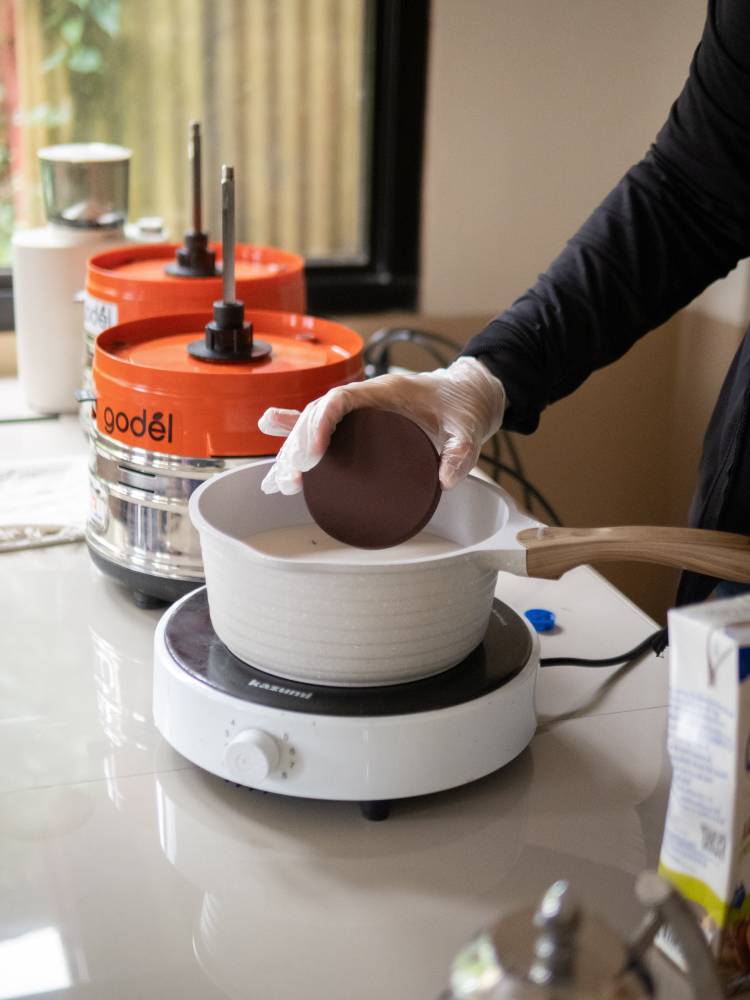
He was saddened by the colonial mentality that considers “coffee culture” as the imported kind or coming from other places. “It contradicts what people know intuitively. People have forgotten the way coffee used to be served,” he said.
The Peleos think of themselves as basically teachers. He said, “When you show this coffee that comes from this farm, the effect on the customer is immediate because of the provenance—the farmer or maker, the processor and the retailer.”
He pointed to Japan, where rice farmers drive a BMW, a Lexus or a Benz. How were they able to afford luxury cars? These farmers used to be office workers, even corporate guys, who chose to retire in their 40s or 50s. They gave up their city jobs to make sake (rice wine). They don’t sell their rice, but instead use it to make sake. For about a kilo of rice priced at P60, the gallon of sake made from it sells for at least P300 a bottle at current prices.
Sake makers even return to universities to get degrees in sake making, which Peleo called “a deep science.” He called it a matter of “empowering the producers—the farmers. A good produce should be handled by those who are the face of the business.”
In Taiwan, another example: If you want good strong coffee or tea, it’s the indigenous people in the mountains who grow them. What you get in the city is the mild kind. Peleo said the trip to the mountain may take from one to two hours along serpentine roads to farms where the people speak Chinese. A cup of authentic Taiwanese coffee is the equivalent of P800.
This is what motivated the Peleos to set up Wyldwood, which is engaged not only in roasting coffee but also tempering chocolate. Although the work entails science, Peleo said, “You don’t need to be a scientist to do science. You can learn.”
Derive pleasure
Sartbayeva-Peleo made for their visitors a piece of halva, which was taught to her in South America. The halva is the original energy bar with chocolate, milled nuts, seeds with sugar or honey. It has a special characteristic that distinguishes it from old-stock chocolate bars: It melts quicker so it must be eaten immediately.
Peleo said, “We don’t sell chocolate retail. Why is the melting of chocolate important? It’s a hedonistic food, people eat it for the pleasure of it. If a chocolate melts faster, you get more flavors. You get more pleasure from fresh chocolate than from an old one. The old chocolate? Most of it gets swallowed, and you don’t get pleasure once it’s already there in the stomach. If all of us made chocolate, it still would not be enough to meet the demand in this country.”
Wyldwood’s products are “booked for the rest of the year,” he said, explaining why they don’t advertise because “we’re up to our necks” in supplying Hot Cat at One Yangco, Yangco Road, Baguio and some other clients.
He is still hopeful that an agrarian society like the Philippines can work for at least three generations. “The first generation has the skills, does the farming and processing. The second makes it more systematic. The third is made up of processors and retailers. The grandparents may be initially subsistence farmers, then the next becomes more scientific and commercial farmers. The third becomes the brand or even factory owners.
“What’s happening,” he continued, “is the subsistence farmers want their children to become doctors, lawyers, engineers. They don’t value the land anymore. It happened with my family. None of us studied agriculture or food science.”
Sartbayeva-Peleo said they invested in good equipment for roasting. Otherwise, coffee people will complain and say the coffee produces “earthy tones,” another way of saying it has the taste of dirt.
Wyldwood offers training to agriculture and hospitality students with a caveat that coffee, a vital food source, is threatened by El Niño and La Niña. It has partnered with universities, retired citizens, even the United Nations Food and Agriculture Organization.
Peleo warned, “Rust is coming back with climate change.”
He said people must see coffee growing as “a means of erosion control because of the coffee’s root system. How high does a coffee tree grow? Up to three meters or more so the roots are deep. You can plant coffee under an existing pine forest.” Shaded coffee or coffee under cover is more environment-friendly, he added.
From farm to cup? Wyldwood is making this possible in its modest way.
Wyldwood Coffee and Cacao at 219 Hillside Road, Barangay Hillside, Baguio is open for visits by appointment. Go to its Facebook page.









